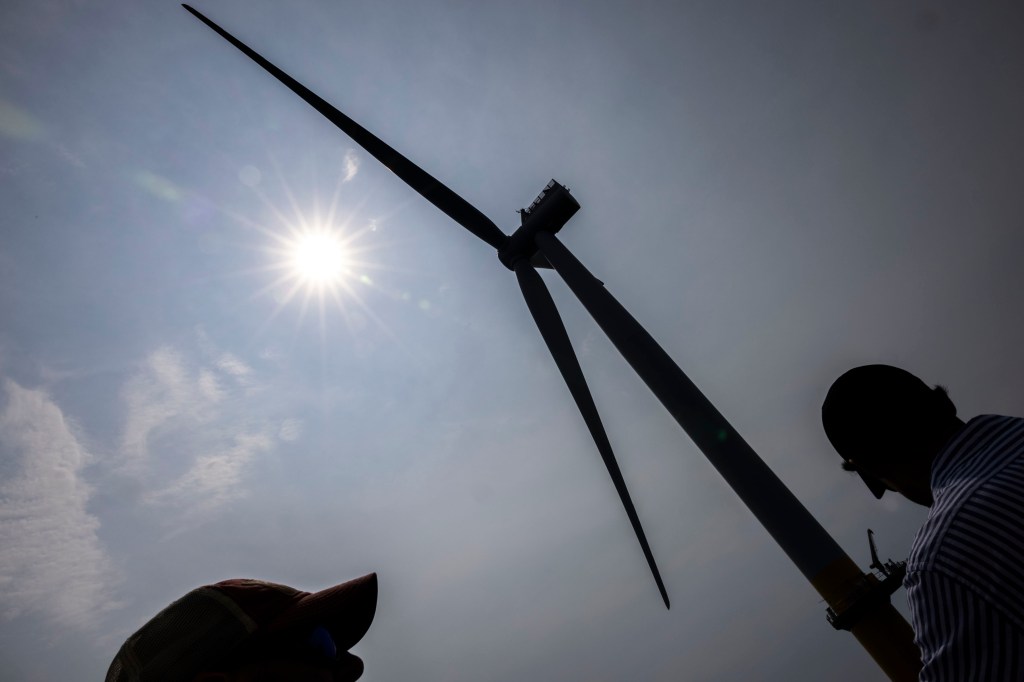Virginia is lagging behind its neighbors in the fast-growing field of clean energy, according to a report by Environmental Entrepreneurs (E2), a national nonprofit group of investors and business leaders. The group analyzed how states are capitalizing on financial incentives provided by the 2022 Inflation Reduction Act.
E2’s research indicates that Virginia consistently trails its Southeast neighbors in clean energy manufacturing and jobs. The Energy News Network reported in May that, based on E2’s data, companies have announced at least 305 major clean energy projects across 40 states and Puerto Rico through April. This has generated more than 105,400 jobs and over $123 billion in capital investment.
Comparative Growth in the Southeast
In the Southeast, Georgia leads with 27 new projects, followed by South Carolina with 24, and North Carolina with 19. In contrast, Virginia is connected to only four of the nationwide new projects. This is concerning, especially considering recent developments that had raised hopes for Hampton Roads as an East Coast hub of offshore wind energy.
Setbacks and Missed Opportunities
Dominion Energy is proceeding with its extensive wind energy project off Virginia Beach’s coast, but there have been setbacks. For example, Siemens Gamesa canceled plans to build a $200 million turbine blade finishing plant at Portsmouth Marine Terminal, resulting in the loss of 310 anticipated jobs and a setback for the region’s clean energy economy.
Zach Ammitay, Southeast advocate for E2, pointed out that while neighboring states are using incentives to attract clean energy businesses, Virginia seems to be driving them away. He cited Governor Glenn Youngkin’s rejection of Ford Motor Co.’s proposal to build an electric vehicle battery plant in Pittsylvania County as a significant example. Youngkin opposed the deal due to Ford’s partnership with a Chinese company, but Ammitay argued that concerns about Chinese influence could have been addressed more productively. As a result, the battery plant is now being built in Michigan, sending a message that Virginia isn’t welcoming to innovative energy projects.
Current Projects and Future Potential
One of the four projects Virginia has landed is in Hampton Roads, where the Dutch company Fugro is expanding production of equipment for offshore wind projects. Attracting more such projects will boost Virginia’s economy and help combat climate change, which is particularly urgent in Hampton Roads due to rising sea levels and flooding.
Challenges from Dominion Energy
Another impediment to clean energy development in Virginia is Dominion Energy, the state’s largest utility. Dominion is making it more expensive for medium-sized solar projects to connect to the grid, with fees increasing by 20-40%. This is causing plans for solar power at schools, government buildings, community centers, churches, and businesses to be scaled back or canceled. Dominion claims that the upgrades ensure safety and reliability, but critics note that other states with lower costs have not experienced such issues.
The State Corporation Commission is evaluating these requirements. Regulators should aim to make it easier for businesses and institutions to switch to clean energy while considering safety concerns.
Replacing outdated power sources with clean energy is a rapidly growing sector. Making Virginia more welcoming to such ventures can help the state gain a larger share of this promising industry and address the urgent climate threats faced by its coastal communities.
Original Story at www.pilotonline.com
